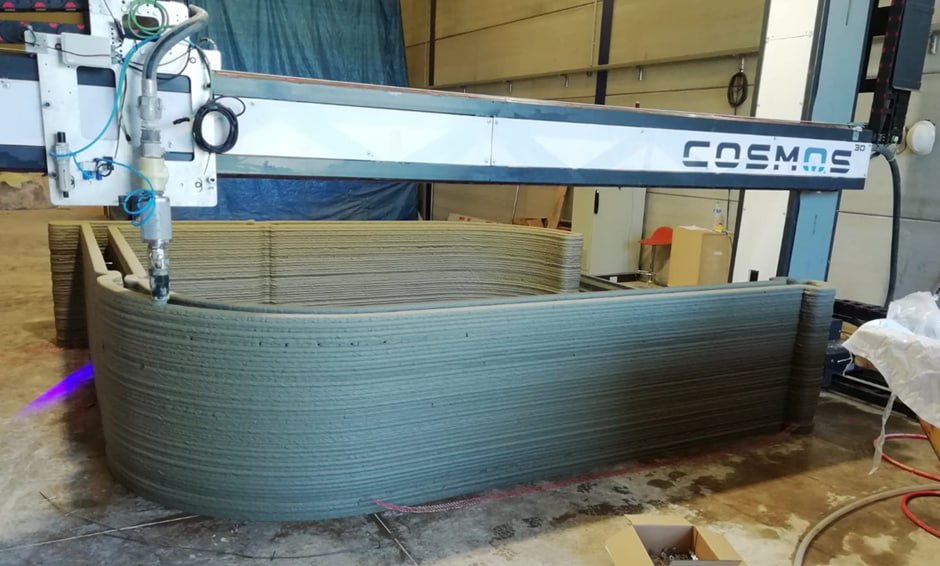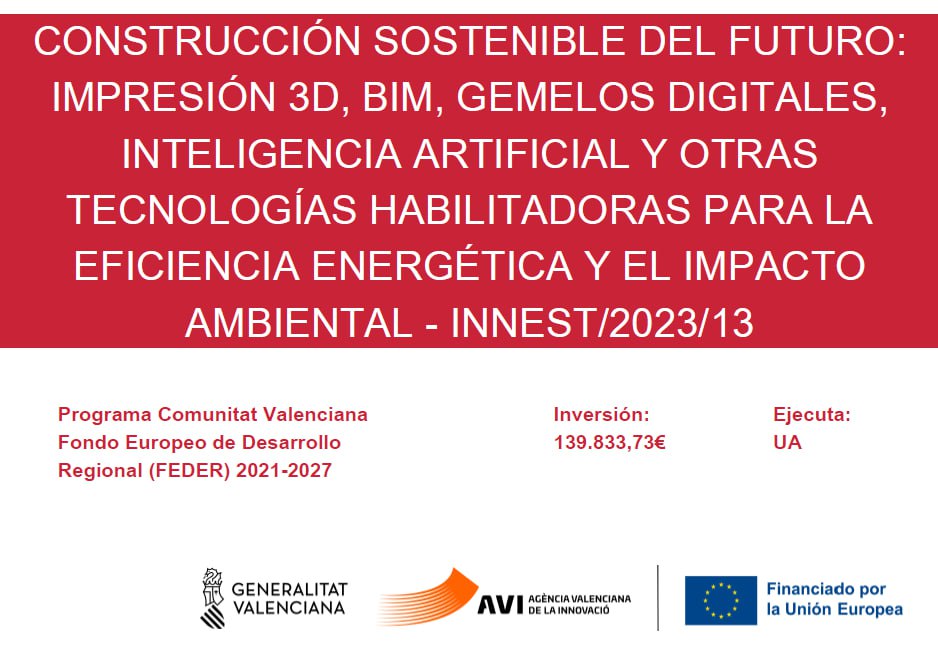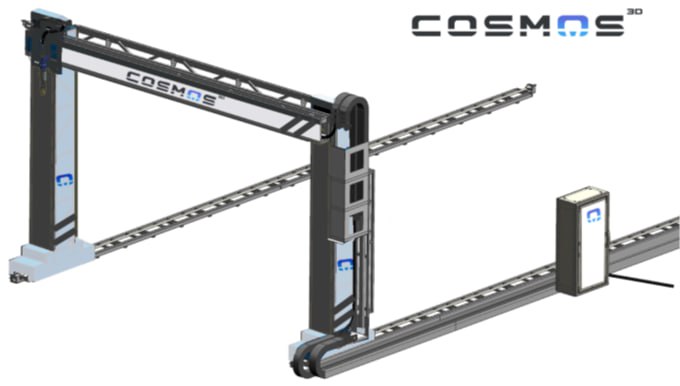SUSTAINABLE BUILDING OF THE FUTURE: 3D BIM PRINTING, DIGITAL TWINS, ARTIFICIAL INTELLIGENCE AND OTHER ENABLING TECHNOLOGIES FOR ENERGY EFFICIENCY AND ENVIRONMENTAL IMPACT (COSOSFU)
- Reference: INNEST/2023/13
- Principal investigator: Vicente Morell
- Research Centers: University of Alicante, AIJU, IT3D (COSMOS)
- Duration: April 1st, 2023 – December 31th, 2024
- Financial Entity: Regional Ministry of Innovation, Universities, Science and Digital Society - GV
- Funding: Total - 580.000€, UA - 140.000 €
The COSOSFU project focuses on addressing the growing demand for efficient and affordable housing, exacerbated by population growth and insufficient housing supply, especially in urban areas such as New York, Madrid and Dublin. The primary objective is to create a more efficient, sustainable and cost-effective building construction process through 3D printing. It seeks to integrate advanced technologies such as artificial intelligence, computer vision, neural networks, augmented reality and geo-positioning, together with digital twins and BIM (Building Information Modeling).
Some facts in Numbers
0
JCR Journals
0
International Conferences
0
National Conferences
The project incorporates several key technical innovations and developments:
- Optimised Materials Development: aims to create customised building materials for 3D printing of concrete, improving its performance, strength and durability.
- BIM Architectural Modelling: Integration of various building systems and subsystems into a three-dimensional BIM model, which facilitates accurate planning and visualisation prior to 3D printing. This can reduce errors and increase construction efficiency.
- Artificial Intelligence and Digital Twins: Implementation of artificial intelligence for real-time control and monitoring of 3D printing, as well as the use of digital twins for modelling and tracking of built structures.
- Augmented Reality and Geopositioning: Use of these technologies to improve accuracy in the construction process, enabling better decision making and optimisation of the use of resources.
- Data Analysis and Simulation: Integration of analysis tools to gather information on the construction and materials used, and to generate reports and statistics that improve the efficiency and sustainability of the construction process.
Human Robotics Group - University of Alicante

Design and Control
of Robots
Advanced mechanical design of robotic devices and kinematic - dynamic control performance
Contact us
-
Human Robotics
UA Polytechnic School 3
Physics, Systems Engineering and Signal Theory Department
University of Alicante
Ctra San Vicente del Raspeig s/n
San vicente del Raspeig
03690 Alicante, Spain. -
(+34) 965 903 400 Ext. 1094
-
huro@ua.es
-
Week Days : 09:00 – 18:00
Saturday, Sunday : Holiday











